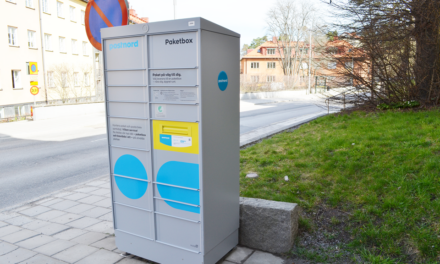
USPS could make $485m a year from 3D printing industry, says report

The emergence of 3D printing technology could be a $485m-a-year opportunity for the US Postal Service. That’s according to a new white paper from the USPS Inspector General.
Three-dimensional printing, in which printers build solid objects layer by layer using plastics, powders, metals or other materials, are already being used to make items ranging from airplane parts to personalised iPhone cases.
The Inspector General’s paper suggests that the future of the technology will be 3D printing businesses cropping up to produce components locally to the customer, rather than having large volumes of items shipped long-distance as cargo direct from centralised manufacturers.
These locally-based 3D printing businesses could then use the last mile delivery network of the Postal Service to distribute their products to the final customer, the paper states.
“3D printing could lead to more single-item parcels being shipped to consumers over shorter distances, instead of hundreds of thousands of identical items sent by containerized cargo over vast distances,” the paper said, adding that such an evolution of the supply chain would cut fuel consumption and air pollution.
Strategy
For retailers, the emergence of this new technology could mean rethinking the strategy of maintaining large, expensive warehouses holding massive stock inventories, as stock is produced locally to order.
The IG said the American 3D printing industry was worth around $3bn in 2013, but is expected to grow to $16.2bn by 2018 as outsourced manufacturing returns to the United States. Nobody knows exactly how big the 3D printing market will get, the paper says, but insists that it is “here to stay”, and will have a “major impact” on the Postal Service.
The estimate that the US Postal Service will pick up $485m in extra revenue a year thanks to 3D printing businesses using its first- and last-mile delivery services to ship items to consumers was the result of analysis of commercial package data by consultancy Christensen Associates.
To achieve it, the Inspector General said USPS must maintain its current delivery network and keep pace with changing consumer needs.
“Businesses wishing to put their 3D printed products in the hands of consumers as quickly and conveniently as possible may need the ubiquitous postal network,” said the paper. “And if people someday print many items directly, they may frequently need 3D printing supplies such as powders and binding materials delivered. No other organisation covers as much ground as frequently and reliably as the Postal Service.”














Sounds ‘innovative’, but I can’t work out where the cost savings would be brought in?